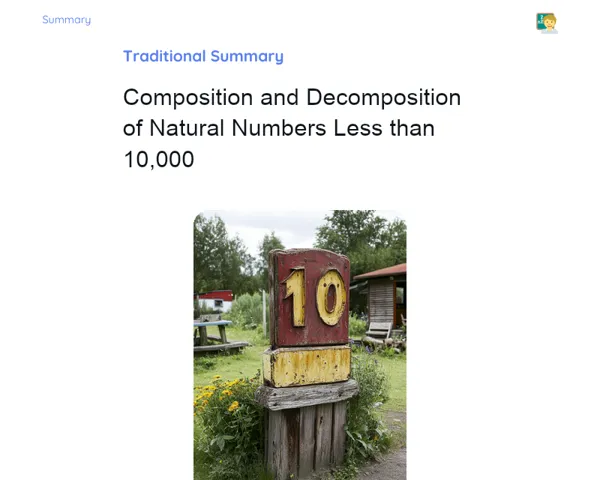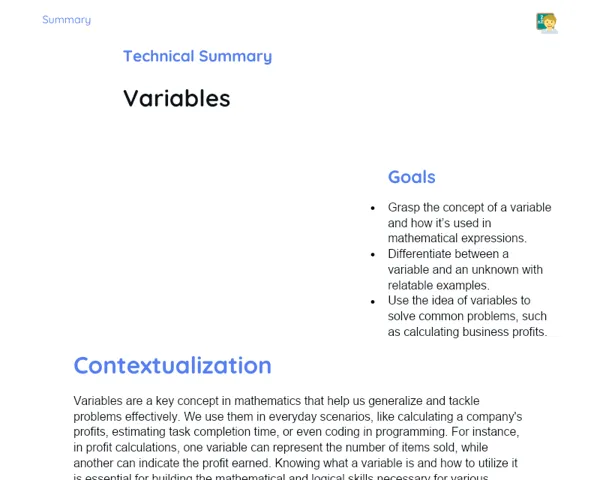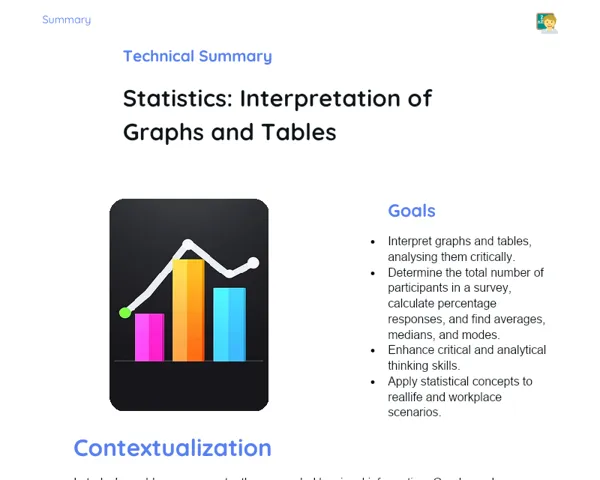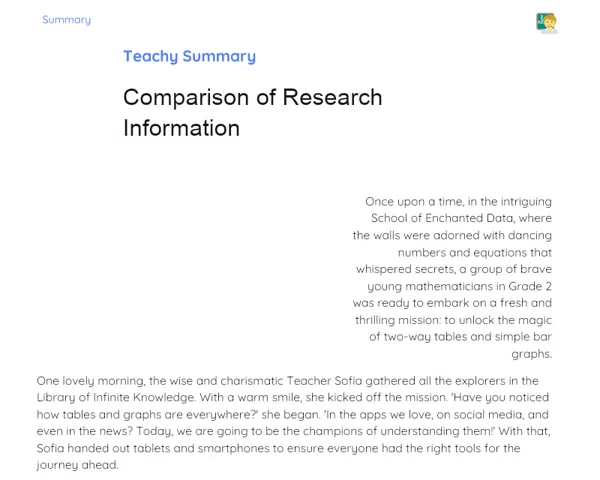Socioemotional Summary Conclusion
Goals
1. 🤖 Develop the ability to calculate the number of diagonals in a polygon.
2. 💡 Solve practical problems involving the calculation of diagonals in polygons using mathematical formulas.
Contextualization
Did you know that the methods we use to determine the diagonals of a polygon are crucial in architectural and engineering projects? Imagine building a structure like a school or a bridge without understanding these concepts! Grasping these mathematical principles not only deepens our knowledge but also reveals how mathematics is evident in the remarkable structures around us. 🌍🏗️
Exercising Your Knowledge
What is a Polygon?
A polygon is a flat shape made up of straight lines that connect to form a closed path. They can have various numbers of sides, each with unique properties.
-
📏 The straight lines that create a polygon are called sides.
-
🔗 Each point where two sides meet is known as a vertex.
-
🔺 Polygons are categorized by their sides. For example, a triangle has 3 sides, a square has 4 sides, and so forth.
-
🔍 Emotional Insight: Learning about polygons helps us recognize patterns and order in the world around us, fostering a sense of connection.
Understanding Diagonals
Diagonals are the line segments that connect two non-adjacent vertices of a polygon. They help us understand the internal structure and balance of shapes.
-
🔄 Each diagonal is a line that traverses the polygon, helping to divide it into smaller sections.
-
💡 The number of diagonals increases as the number of sides grows, showcasing the complexity of larger polygons.
-
🏳️ Examples of diagonals can be found in shapes like squares, pentagons, and hexagons.
-
🌱 Emotional Insight: Diagonals illustrate how different parts connect to form a whole, similar to how our emotions and relationships enrich our lives.
Calculating Diagonals
The formula for finding the number of diagonals in a polygon is d = n(n-3)/2, where 'n' stands for the number of sides. This formula is a significant mathematical tool for solving geometric problems.
-
🧮 The formula considers every possible connection between vertices, while excluding those connections that are adjacent, and divides by the number of pairs.
-
🔍 Using the formula involves understanding and practice as each part plays a vital role in the calculation.
-
📐 Example: For a pentagon (5 sides), using the formula d = 5(5-3)/2 gives us 5 diagonals. By sketching, we can visualize these diagonals.
-
🌸 Emotional Insight: Learning and applying mathematical formulas enhances our problem-solving skills and builds self-confidence, reminding us that we can tackle complex issues.
Key Terms
-
Polygon: A flat geometric shape formed by line segments that create a closed path.
-
Diagonal: A line segment connecting two non-adjacent vertices of a polygon.
-
Diagonal Formula: d = n(n-3)/2, used to calculate the number of diagonals in a polygon.
For Reflection
-
🤖 How does understanding the structure of polygons help develop problem-solving skills in everyday life?
-
🌳 How can visualizing and calculating diagonals teach us about the significance of connection and relationships in our social environment?
-
💭 What emotions did you feel while learning and applying the diagonal formula, and how did these feelings impact your understanding?
Important Conclusions
-
🌟 We learned that a polygon is a flat shape made up of straight lines that connect at endpoints, forming a closed path.
-
🔗 We discovered that the diagonals in a polygon connect two non-adjacent vertices, helping to divide the overall shape.
-
📏 We utilized the formula d = n(n-3)/2 to calculate diagonals, applying an essential mathematical approach.
-
💡 We reflected on how these mathematical skills can solve real-world problems, such as those encountered in architecture and engineering, highlighting the relevance of the knowledge we've gained.
-
🤖 We developed problem-solving skills and boosted our confidence, learning to face complex challenges in a more structured manner.
Impacts on Society
Understanding the calculations of diagonals in polygons has a profound impact across various societal sectors. In architecture and engineering, these calculations are vital for ensuring buildings and structures are safe and visually appealing. By considering the number of diagonals and the complexity associated with the polygons used in construction, professionals can guarantee the stability and functionality of their designs, directly influencing the quality of life and safety for individuals.
On a personal level, studying polygons and their diagonals provides insight into the importance of connections and relationships, both mathematically and in daily life. This knowledge can enhance our understanding of how different components can unite to create harmony. This perspective enables us to appreciate and strengthen our social and emotional ties, promoting well-being and empathy.
Dealing with Emotions
To practice the RULER method at home, start by identifying the emotions that arise while working through the diagonal calculations. Ask yourself: am I feeling frustrated, challenged, or confident? Then, explore the reasons behind these feelings. Perhaps difficulty with a problem brings frustration, while a successful calculation breeds confidence. Label your emotions accurately and express them constructively. If frustrations arise, discuss challenges with a peer or teacher. If feeling confident, celebrate those small wins. Finally, manage your emotions with techniques like deep breathing or mindfulness, keeping your emotional state balanced for effective study.
Study Tips
-
📅 Establish a study routine: Set aside a specific time each day dedicated to reviewing polygons and diagonals. This fosters consistency and organisation.
-
🎨 Use visual aids: Sketch out polygons and their diagonals while applying the formula. Visualising problems can improve comprehension and memory.
-
🤝 Study collaboratively: Engaging with peers to share challenges and solutions can enrich your learning experience and offer varying perspectives on the topic.



